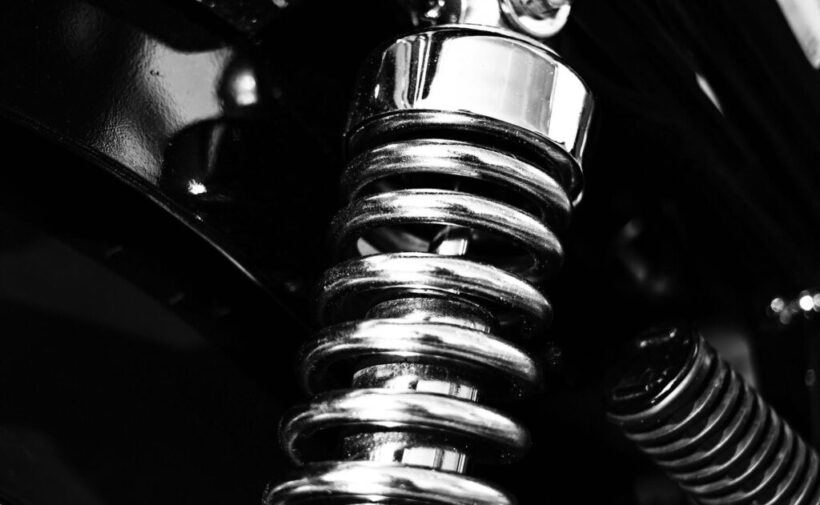The suspension system is one of the most underlooked components for the average driver. After all, it holds the vehicle together and protects it from harsh road conditions. It is something most people take for granted until it goes wrong. If you’ve never experienced a fault before, you’re probably unaware of how vital it is and how much it affects other parts of your vehicle.
The fact is that your suspension plays an incredibly pivotal role in keeping you safe and your car undamaged. So, if you’re wanting your vehicle to last as long as possible in full working order, then making sure you have your suspension checked regularly is of the utmost importance.
Let’s take a look at vehicle suspension in this blog article so you can gain a better understanding of how this integral component works.
What is vehicle suspension?
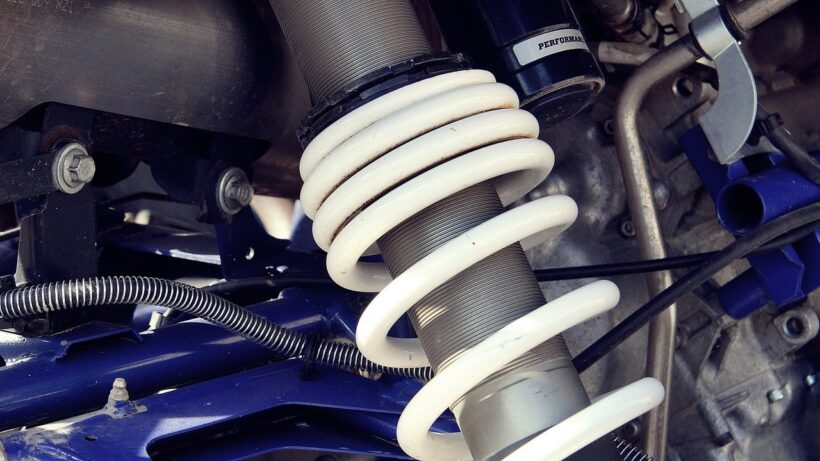
Vehicle suspension is a system of springs, shock absorbers, and other components that connect a vehicle’s body to its wheels. The primary purpose of the suspension is to provide a comfortable ride by absorbing the shocks and vibrations generated by uneven road surfaces, potholes, and other obstacles.
For those that haven’t experienced a vehicle with poor suspension, you may not be fully aware of how much it protects you from. Driving without adequate suspension can be a legitimately painful, uncomfortable experience at the best of times, and can lead to issues for both you and your vehicle if left for long enough.
Why is suspension important?
Beyond just providing a more comfortable ride, the suspension also plays a critical role in maintaining vehicle stability and control. By keeping the tyres in contact with the road surface, the suspension allows the driver to maintain control of the vehicle, even during sudden turns or maneuvers. It also helps to reduce body roll during cornering, which improves handling and reduces the risk of rollover accidents.
The components of a suspension system
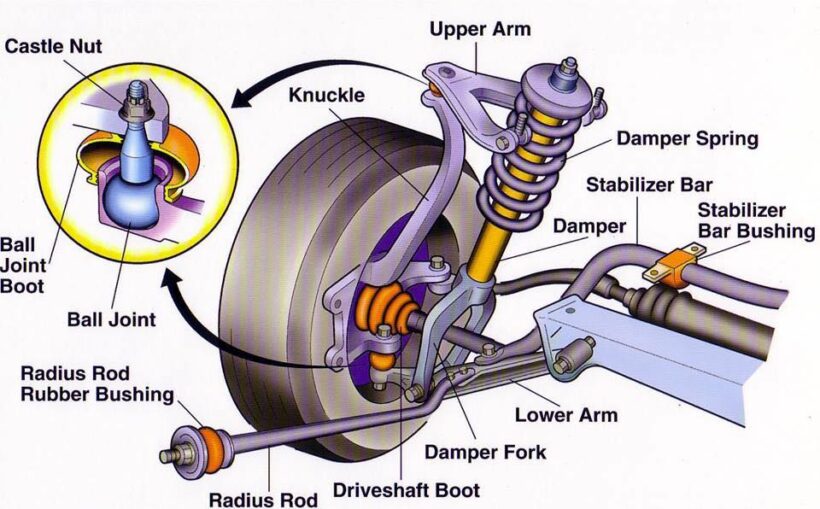
There are four main components to a suspension system, the spring, shock absorbers, stabiliser and linkages. While 4×4 suspension upgrades may have different characteristics than a typical sedan, they all play a vital role in keeping the vehicle safe and absorbing the impact of the road.
The Spring
This supports the vehicle’s weight, so it doesn’t bottom out or sag when loaded with cargo or passengers. It also helps to maintain constant tyre contact with the ground. Springs can be coil springs or leaf springs, which are mounted inside the frame or outside it. This is likely the main component that most are familiar with, as it’s visible when looking at most suspension systems.
Shocks
Shocks help cushion bumps in the road and absorb bumps in a controlled manner, so they don’t bounce around inside the car. Shock absorber units are typically made up of an internal piston, an oil chamber, and external housing.
When force is applied to a shock absorber, the hydraulic fluid pushes against the pistons to compress them. This compressing action absorbs some of the impact force for a smooth ride during driving conditions and helps keep tyres firmly planted on the road. This is often where the discomfort of improperly maintained suspension comes from, as issues with fluid levels mean pistons are absorbing far less force than is necessary to offer a smooth ride.
The Stabilizer Bar
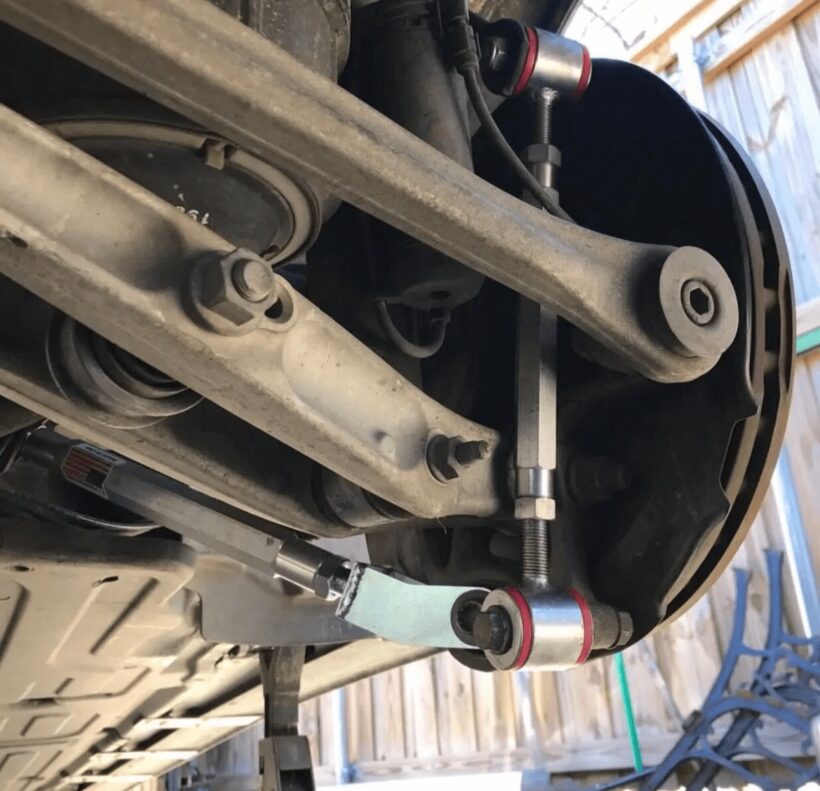
This component connects each wheel on opposite sides of the vehicle. It prevents them from moving independently of each other during cornering maneuvers, which helps keep weight on all four wheels evenly distributed throughout turns, so they don’t slip sideways off-road.
Linkages
These are an essential part of many vehicle suspension systems, particularly in independent suspension setups. They connect various components to move together under different driving conditions. Linkages on a vehicle suspension system are usually categorised as either control arms or trailing arms.
How can I maintain my suspension system?
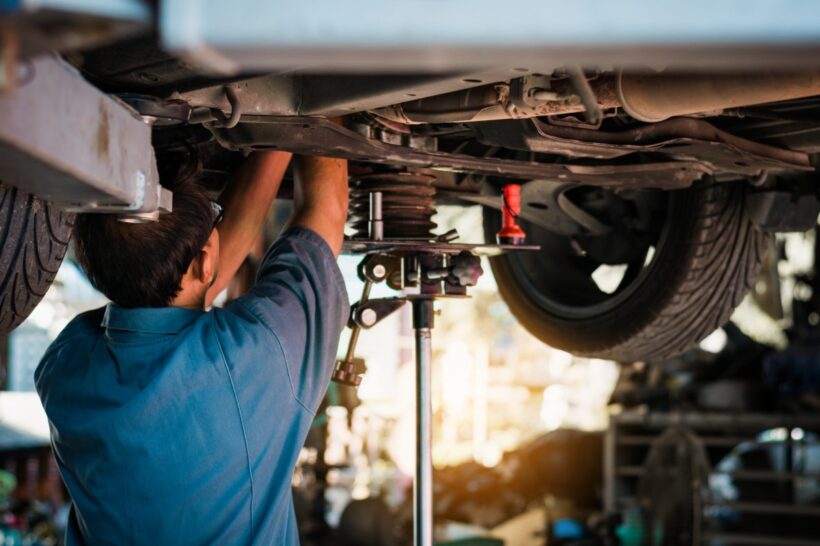
Proper maintenance of a vehicle’s suspension system is important to ensure that the vehicle operates safely and smoothly. This can generally be part of your standard vehicle checkups, however, it is still important to have your suspension tested regularly to avoid issues, and this should be kept in mind even when other services aren’t being taken care of.
Some tips on how to maintain your vehicle’s suspension system include:
Inspect Regularly
You should regularly inspect the suspension components either by yourself or a professional. This is done by checking for signs of wear or damage, such as cracks, rust, or leaking fluid. If you notice any worn or damaged components during your inspection, have them replaced immediately.
Don’t Overload
Don’t overload the vehicle, as overloading can strain the suspension system, leading to premature wear and damage. This can also cause deflation of tyres which can additionally strain the suspension. You should also ensure your tyres are inflated appropriately to avoid further issues.
How Often Should I Check/Change My Suspension?
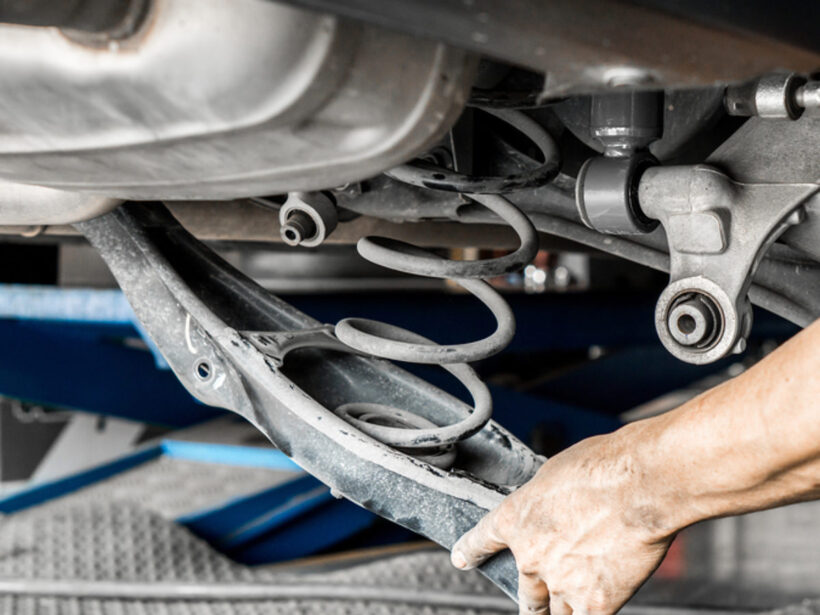
According to most experts on the subject, your suspension’s various components should be checked up on approximately every 20,000kms. In terms of when you should look to change or replace your suspension system, this is suggested every 80,000kms. So, try to keep track of your driving, but also pay attention to any changes in how your vehicle feels, as some suspension systems may require care before the 20,000kms is up.
Takeaway
In conclusion, the suspension system is a crucial component of any vehicle, providing a comfortable ride and improved handling. There are several components of suspension systems, each with its unique function, and it’s essential to properly maintain your vehicle’s suspension to ensure its safe and smooth operation.
Consult a professional mechanic if you need an inspection or repair, and enjoy a safer, smoother, and more enjoyable driving experience. Remember that each part of your vehicle goes into keeping you and your passengers safe. So, if you have any issues arise at any time with your suspension, it’s best to play it safe and get them checked on as soon as possible.

